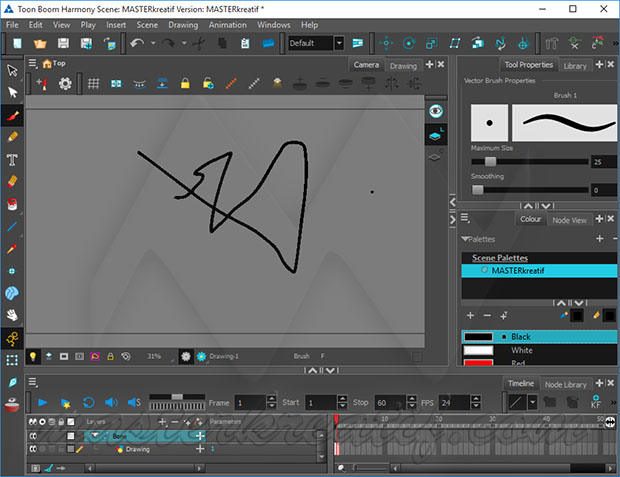

The subject of this year's school is "ITER Plasma Scenarios and Control." As the start of ITER operation approaches, it is timely to address this challenging multidisciplinary topic: the development of integrated operating scenarios and required plasma control to facilitate the ITER goals, particularly for plasmas self-heated by fusion-born alpha particles. Burning Plasma Organization, the ITER Organization, UC San Diego, and General Atomics. This in-person event will be held from 25 to 29 July 2022 at the University of California San Diego, hosted by the U.S.
TOON BOOM HARMONY 17 MAC MEGA REGISTRATION
Registration is open now for the 11th ITER International School. We might not need to go to the Moon, after all, to mine the fuels for second or third-generation fusion power plants. Led by Benjamin Birner, a postdoctoral scholar in geosciences, the team is developing tools and measurement methods to quantify the puzzling increase of helium-3 in the atmosphere, and understand where it could be coming from. Now, scientists at the University of California San Diego have discovered evidence that helium-3 could be much more abundant on Earth than previously known. Downside: helium-3, which abounds on the Moon (hence the renewed interest for lunar exploration) is exceedingly rare on Earth. Advantages: no material activation or alteration and, protons being charged particles, the possibility of direct electricity generation (they can be manipulated by electric and magnetic fields).

(The good side of fusion neutrons is that they will be used to breed tritium from lithium inside the machine).įor decades, fusion physicists have pursued what is sometimes referred to as the "Holy Grail" of fusion: the fusion combinations that involve helium-3, which, instead of generating neutrons like in DT fusion, produce highly energetic protons. DT fusion however has one downside-it generates highly energetic neutrons that activate and alter the structures they bombard. However, in the present state of technology, the only fusion within our reach at industrial level is that of deuterium (D) and tritium (T), both isotopes of hydrogen. Fusion can theoretically be achieved by several combinations of light elements such as hydrogen, helium or boron.


 0 kommentar(er)
0 kommentar(er)
